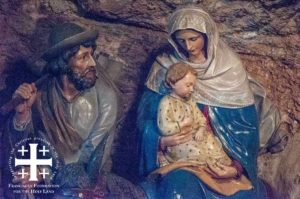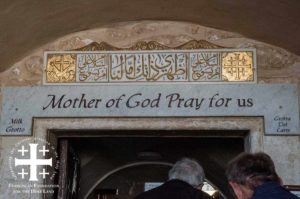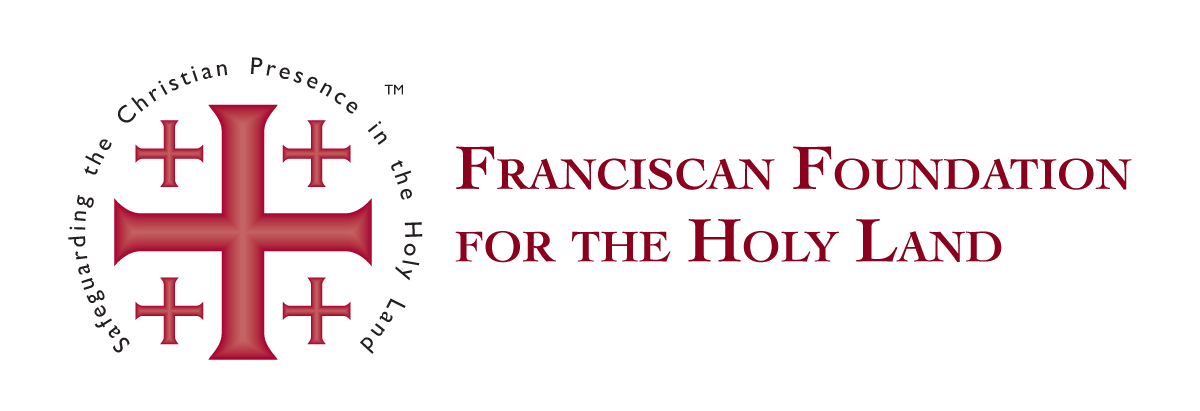
This special location we will visit on our faith journey lies just a short distance from the Church of the Nativity in Bethlehem. Known as the Milk Grotto, the site is made of hollow, soft, white rock, and draws Christian and Muslim pilgrims to its rarity. The grotto is believed to increase the quantity of milk for new mothers and mothers trying to conceive. By praying to Our Lady of the Milk and mixing the soft white chalk, women believe this practice with enable them to become pregnant or produce more milk. The grotto is framed with letters and photographs from families worldwide testifying to the power of the “milk powder” and prayer. This powder cannot be ordered, it is actually only available at the site and at the Franciscan Monastery store.

Tradition has it that the name originated from Mary and Joseph’s visit to this site amidst their flee from Herod’s soldiers on their way to Egypt. They were believed to have stopped in this cave while Mary nursed baby Jesus. While nursing, a drop of her milk fell on a stone and it turned white. The first structure was built over the grotto in AD 385. Fragments from the cave were sent to churches all over Europe in the 7th century. And, in 1872, the Franciscans built a church around the Milk Grotto. Locals from Bethlehem revered the site and decorated the exterior with mother-of-pearl etchings. Later, in 2007, a modern chapel opened in dedication to Mary, the Mother of God. The church connects to the Milk Grotto by a tunnel.


